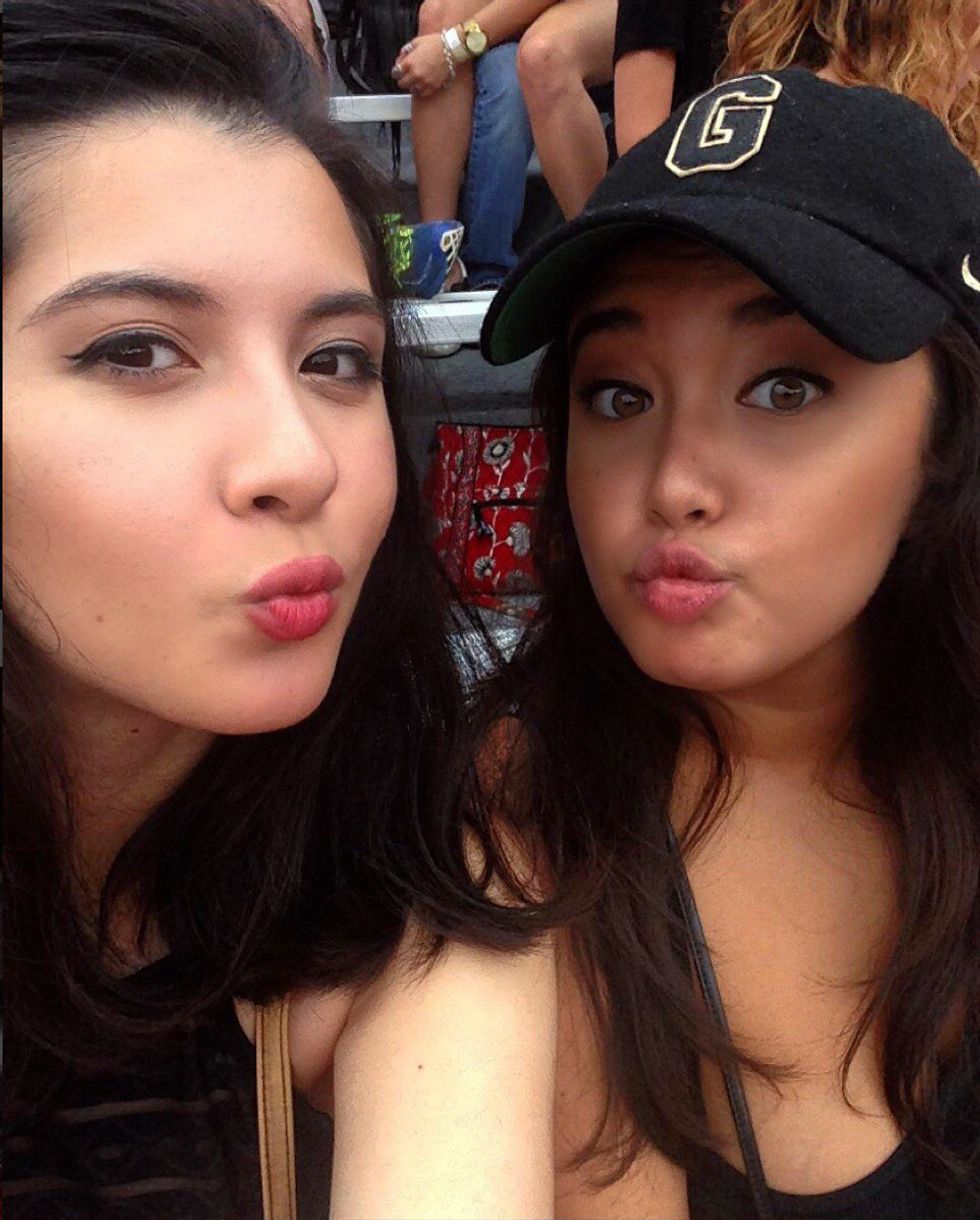You start taking standardized tests in elementary school. You begin filling out forms of information about yourself as soon as you learn how to write and read. There are questions that a lot of these tests and forms ask. What’s your first name, last name, middle initial, birthday? What grade are you in? What’s your gender? What’s your race? I know testing companies ask these questions for statistical purposes, but there’s one question that always bothered me a little more than it should.
“What is your race?”
I knew this wasn’t a question I could get wrong or right on the test, but it is the one I always worried about the most. When I was younger, I remember being able to have to choose one race to bubble in. Should I choose White or Asian? Other?
According to the United States Office of Management and Budget, Asian refers to “a person having origins in any of the original peoples of the Far East, Southeast Asia, or the Indian subcontinent, including, for example, Cambodia, China, India, Japan, Korea, Malaysia, Pakistan, the Philippine Islands, Thailand and Vietnam,” and White refers to “A person having origins in any of the original peoples of Europe, the Middle East, or North Africa.” These race classifications and definitions are what the U.S. census uses to define the races as well.
I could technically bubble in either of the circles for race because I definitely could classify as both, but I would spend ten minutes just sitting there trying to figure out what to do in my head.
As I went through school, the problem persisted. The question never got easier for me to answer. When I was finishing up high school and I started taking tests and filling out applications for college, I noticed there were options where I could pick more than one option for my race, or I could simply put “mixed,” but that still didn’t fully fix my predicament.
The real problem isn’t that I do not know how to classify myself on paper, but instead more of a problem that I do not know what I can identify as in my personal life.
As a kid in private school in Jackson, Mississippi, I was surrounded by white people. Blonde haired, blue eyed, white people. There was nobody there that looked anything like me, so, naturally, I stood out. In high school, I saw a little more diversity, but there still were not many Asians in my community. When I got to college I started to see many more Asian on campus. I realized had been looking to find more Asians so I could find a way to fit into a community. The thing is, I quickly found out that I definitely did not fit in there either.
When I was at dinner with my freshman year roommate, who looks much more Asian than I do, a girl from the Asian sorority came up to our table and asked her and her sister if they were interested in joining and gave them their whole talk on what the sorority was about. When I said I was interested, she looked genuinely confused. Did I not look Asian enough to her? Would I not fit in with the rest of the members? She quickly said that White people could also join. I thought this was funny because I have never been called white by anyone, so looking at another Asian calling me white was surreal.
When I look at myself in the mirror, I do not think I am Asian or white. I much more identify with tan or brown than either of the two races.
If you look at me, I do not look white. I have dark brown hair, tan skin and brown eyes. If you look at me, I also do not look like what people see in their heads when they think of a stereotypical Asian. I do not have black, straight hair, clear, light skin, and I am not short.
Because of this, I am in a space where I have both experienced racist comments about being Asian, but I also have benefitted from '
'white privilege.' It is confusing, but it is something that I have worked through. I found out that my race can be tricky to navigate in social situations, just like it is on paper, but it is an extremely important part to who I am. I have learned to embrace my biracial status and appreciate who I am for being me.




















